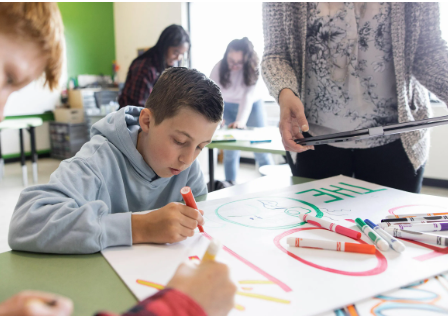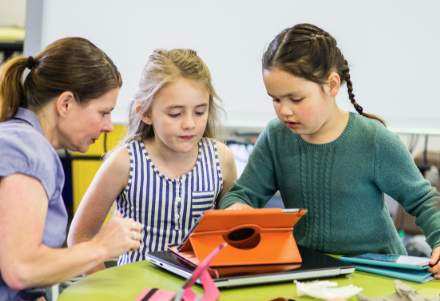Practicing gratitude in school can have a positive impact on students’ mental well-being, relationships, and overall academic experience. In 2025, with schools placing more emphasis on emotional intelligence and personal development, learning how to express appreciation and recognize the good in daily life has become a valuable part of student growth.
Gratitude starts with awareness. Students can begin by noticing positive experiences throughout the school day—a kind gesture from a friend, a supportive comment from a teacher, or simply having the opportunity to learn. Keeping a gratitude journal is a helpful tool. By writing down three things they are thankful for each day, students develop a habit of reflection and positivity. Over time, this practice can improve mood, increase focus, and reduce stress, all of which support academic success.
Classroom activities can also foster a culture of gratitude. Teachers might invite students to write thank-you notes, participate in gratitude circles, or create bulletin boards where students can post what they appreciate about school, classmates, or learning. These practices encourage a supportive and respectful environment. Group discussions about gratitude help students connect with each other and recognize how their actions affect others.
Practicing gratitude doesn’t have to be formal. Saying thank you to classmates, complimenting someone’s effort, or helping others can build strong connections and improve school culture. Gratitude is contagious—when one person models appreciation, it often inspires others to do the same. This ripple effect helps create a positive atmosphere in classrooms, hallways, and school events.
Students can also reflect on challenges with a grateful mindset. Even difficult moments can offer lessons or personal growth. Learning to find meaning in setbacks encourages resilience and emotional strength. For example, a poor test score may reveal study habits that need improvement or highlight a subject that requires more attention. When approached with gratitude, these challenges become opportunities for self-discovery.
School counselors and wellness programs can integrate gratitude into mindfulness practices. Deep breathing, guided reflection, or gratitude-focused discussions during advisory periods or wellness workshops provide structured time for emotional development. Visualizations that center on appreciation, gratitude-themed art projects, or journaling exercises can also be included as part of social-emotional learning.
Technology can also support gratitude practices. Digital journals, mobile apps, or classroom blogs where students record and share their reflections help reinforce gratitude in a format that’s accessible and engaging. Platforms like Padlet, Flip, or Google Slides can be used to create interactive gratitude walls, allowing students to express thanks publicly and creatively.
Parents and caregivers can reinforce gratitude outside of school. Encouraging children to talk about what they’re grateful for at the end of each day strengthens the habit and keeps it consistent across home and school environments. Family gratitude routines, such as writing thank-you letters or volunteering together, can deepen this practice and foster meaningful connections.
Ultimately, practicing gratitude in school helps students become more mindful, compassionate, and optimistic. It strengthens relationships, enhances focus, and contributes to a more positive and inclusive learning environment. When students learn to value the good around them, they are better prepared to face academic challenges and enjoy the journey of learning. Gratitude not only enriches individual experiences but also builds stronger, more connected school communities.


